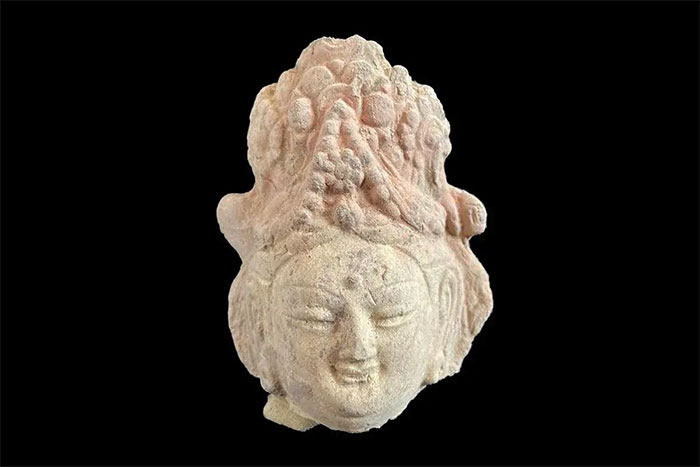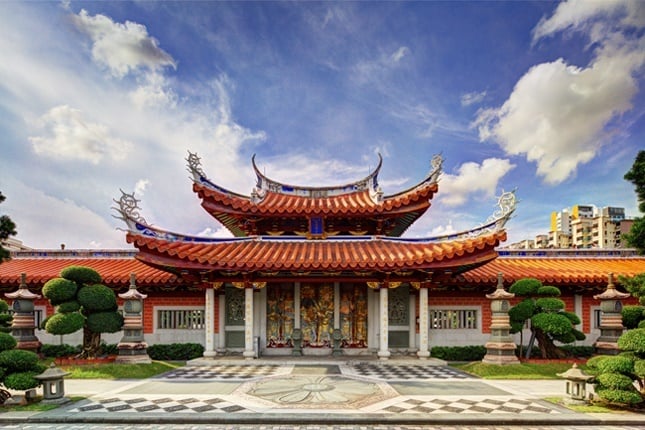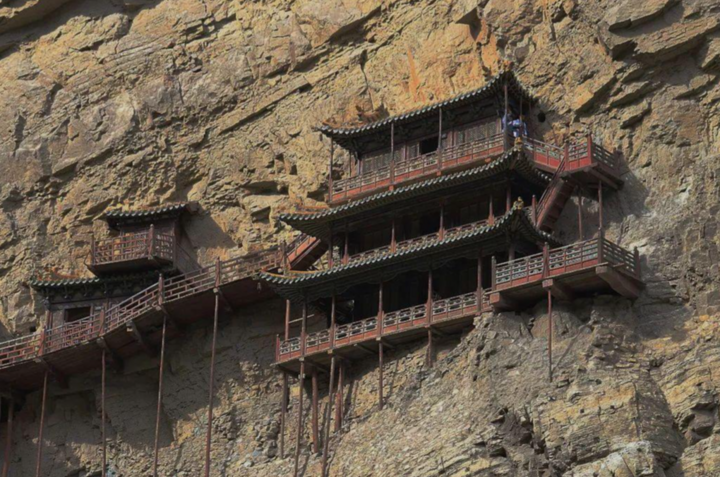A square pit containing pearls, precious jewelry and hundreds of Buddha statues was unearthed in the ruins of an ancient temple .
According to Heritage Daily and Xinhua News Agency, an excavation in Datong City, Shanxi Province – China has revealed an ancient temple of the Northern Wei Dynasty, containing countless treasures and interesting archaeological data.
Located in the city’s Binh Thanh district, the ancient pagoda was likely attached to a nearby palace.
 A statue excavated from ancient temple ruins in Dai Dong City – (Photo: TAN HOA XA).
A statue excavated from ancient temple ruins in Dai Dong City – (Photo: TAN HOA XA).
Datong City was founded in 200 BC, during the Han Dynasty of China, but truly became prosperous when it became the capital of the Northern Wei Dynasty (386-535 AD).
That dynasty witnessed the unification of Northern China, ending the chaotic Sixteen Kingdoms period.
Like many other relics of this era, the ancient pagoda represents the prosperity and luxury of this ancient capital.
The pagoda was built on a square plot of land, a typical style from the Sui and Tang dynasties of China.
When excavating the temple foundation, archaeologists were extremely surprised to find more than 200 well-preserved Buddha statues . These are priceless artifacts dating back at least 1,500 years, not to mention the historical and religious significance as well as the craftsmanship of the artifacts.

Some of them are decorated with gold leaf.
More interestingly, in the middle of the temple floor is a square hole containing many pearls, copper rings and coral jewelry.
Examining the remaining walls and ceilings, archaeologists also discovered traces of colorful murals.

According to researcher Li Shuyun from the Shanxi Provincial Institute of Archeology, the ancient temple has provided new insights into Buddhist temple architecture during the Northern Wei period. This is also the best preserved ancient temple in the area.





